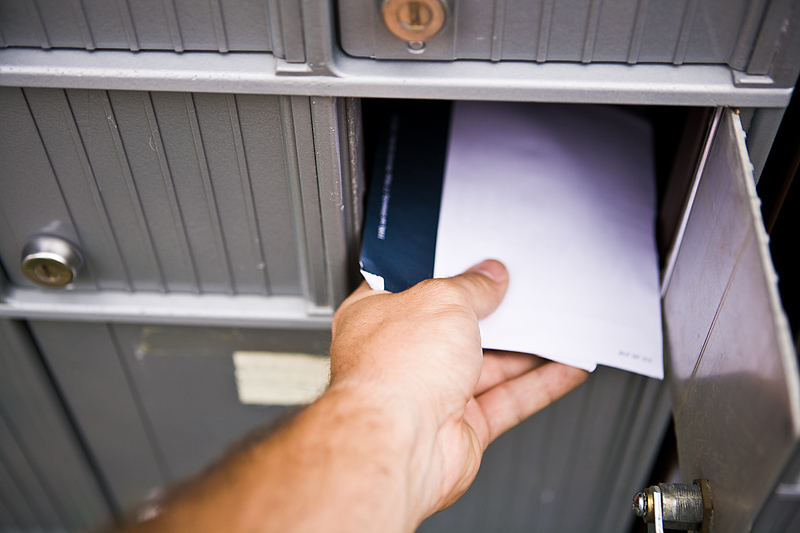The IRS Starts Issuing Coronavirus Payments April 9th: When Will You Get Your Funds?
The question everyone is asking

With the impact of the COVID-19 crisis affecting people all over the country, the Internal Revenue Service and the Treasury Department have said that the monies promised to Americans will begin being distributed in the next three weeks, providing a lifeline to those whose financial lives have been upended by the pandemic, and the Washington Post provided a specific timeline for when individuals can expect to receive payment. For most people, the distribution will be automatic and there will be no action required of them.
Who does the economic impact payment help?
The full $1,200 economic impact payment will be sent to single taxpayers whose adjusted gross income (AGI) did not exceed $75,000 in 2018 or 2019, and $2,400 will be sent to married couples filing joint returns for whom AGI did not exceed $150,000. There will be an additional distribution of up to $500 for each qualifying child. The distributions will be reduced by $5 per $100 above that threshold until single filers reach the limit of $99,000 and joint filers with no children reach the limit of $198,000. People who earn above that point will not receive payments.
Individuals who are not required to file a tax return as a result of being railroad retirees or Social Security recipients are also eligible to receive the payment with no action required on their parts. However, for the millions of Americans whose incomes are low enough that they are not required to file a tax return, receipt of the individual stimulus payments will require taking an extra step. The only way that the Internal Revenue Service knows who to send the economic impact payments to is through existing federal tax return records, so if you haven’t filed a tax return in the last couple of years, you may end up needing to submit a basic return for the purpose of ensuring that a check gets sent to you, but the keyword there is “may.” According to information on the IRS website, the agency does not want people rushing to fill out basic tax returns that may not be needed. A notice on the official site reads in part, “People, like low-income taxpayers and some veterans, who generally don’t file or are not required to file should wait,” the IRS states on its website.
What will the determination of my economic impact be based on?
The primary source of information regarding an individual or couple’s economic impact will be 2019 tax returns for anybody who has already submitted them, but with the April 15th tax due date still in the future, there are many who have not yet submitted their returns. In that case, the IRS will turn to the returns from 2018 to determine eligibility. The bank account referenced on those tax returns will be the one into which the payment will be deposited. The good news is that not having your taxes filed yet doesn’t preclude your receipt of the payment. Economic impact payments will be available for the balance of 2020, so just make sure that you get your tax returns in as quickly as possible, and definitely before year-end.
What if I haven’t provided a direct deposit bank account?
Not all taxpayers opt to have their refund check deposited directly into their account, and as a result, the economic impact payment may end up being delayed. In recognition of this concern, a special web portal will be available to allow those in that category to submit the pertinent account information to allow the IRS to get them their payment quickly. Though this portal is not currently available, it is expected by late April or early May, and will not only allow an online fix to be made but will also provide a way for taxpayers to check the status of their payment.
What is the specific timeline for payments to be made?
According to the Washingon Post, though payments will begin to be sent out as early as April 9th, there are some taxpayers whose payments will not be sent until September. Those individuals and joint filers who have not provided banking information for direct deposit will be receiving checks rather than automatic payments, and they will not begin to be sent until April 24th. Only about two in ten taxpayers don’t take advantage of direct deposit for their refunds, and the rest — including Social Security recipients — will start receiving payments much sooner, with a spokeswoman for the Treasury Department indicating that between 50 million and 70 million Americans will see their economic impact payments direct deposited by April 15th.
Those who have not previously submitted their bank information will be able to do so via the aforementioned web portal, and once that information has been received the IRS will prioritize payments for America’s lowest-income Americans using the following schedule:
- April 24 – Individuals with incomes of $10,000 or less
- May 1 – Earners of $20,000 or less
- May 8 – Earners of $30,000 or less
- May 15 – Earners of $40,000 or less